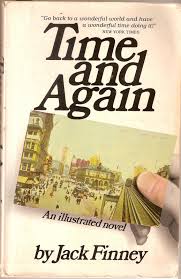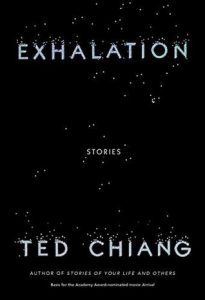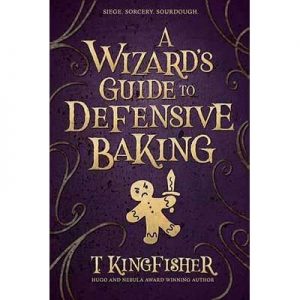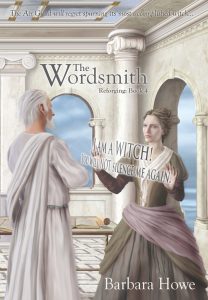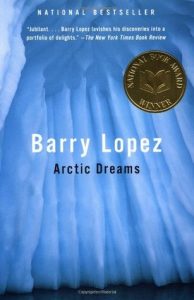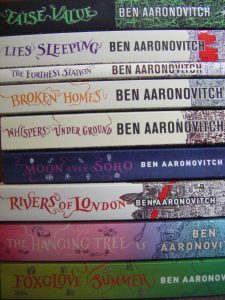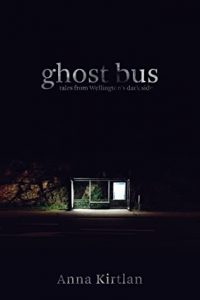
The stories in this small collection (eight entries) made me smile. Some even made me laugh. Not bad for a collection titled Ghost Bus: Tales from Wellington’s Dark Side. I’m generally not a fan of either horror or grim dark fantasy, but these stories are on the lighter edge of the ‘dark side’, saturated with a sense of humour that counteracts the grim kernels at the core of several stories.
That sense of humour takes over in a few, veering into the whimsical or outright silly in Raven’s Home for Women of Magic and The Night I Helped an Interstellar Bogan. Entertaining, but I preferred the ones that had more of a balance between light and dark. My favourite is The Oriental Bay Piranhas. It has social commentary, gore, and a sly poke at Marie Kondo’s decluttering advice. Delicious.
Besides the humour, there are other reasons to like these stories. One is the matter-of-fact, almost reportorial, tone. The Ministry of Public Art starts off with a real event: on 7 October 2018, a tourist broke the Water Whirler, a kinetic sculpture on Wellington’s waterfront, when he attempted to climb it. (Like most of the city’s inhabitant’s, I was pretty disgusted when this happened.) Then, having firmly grounded the opening paragraphs of the story in reality, the author catches the reader by surprise by veering off into the fantastic. When you realise the story has left the highway, so to speak, you have to look back to see where it started to go sideways. She does this particularly well in The Oriental Bay Piranhas, too.
As the author, Anna Kirtlan, admits in her Introduction, this collection is a love letter to Wellington, New Zealand’s capital city. The stories exude a strong sense of place, not by name-dropping streets or suburbs, but by building the action around details that make Wellington unique and interesting. Details like Wellington’s iconic sculptures (Katherine Mansfield, Woman of Words and Solace in the Wind), or the locks festooning the footbridge over the entrance to the lagoon, or the unwary getting splashed by the bucket fountain. Or the bustrastrophe, the 2018 reset of the city’s bus routes and contracts that left us with chaos and ghost buses.
And, finally, there’s a story about Wellington’s infamous wind: You Can’t Beat Wellington on a Good Day. A good day, when the clouds whip by and the wind blows your hair into your eyes and the cobwebs and rage out of your mind. Exhilarating, both the wind and the story.

